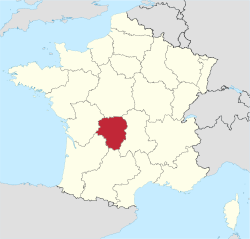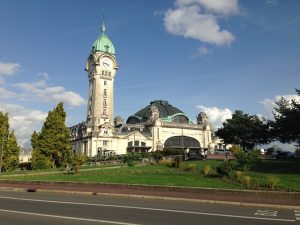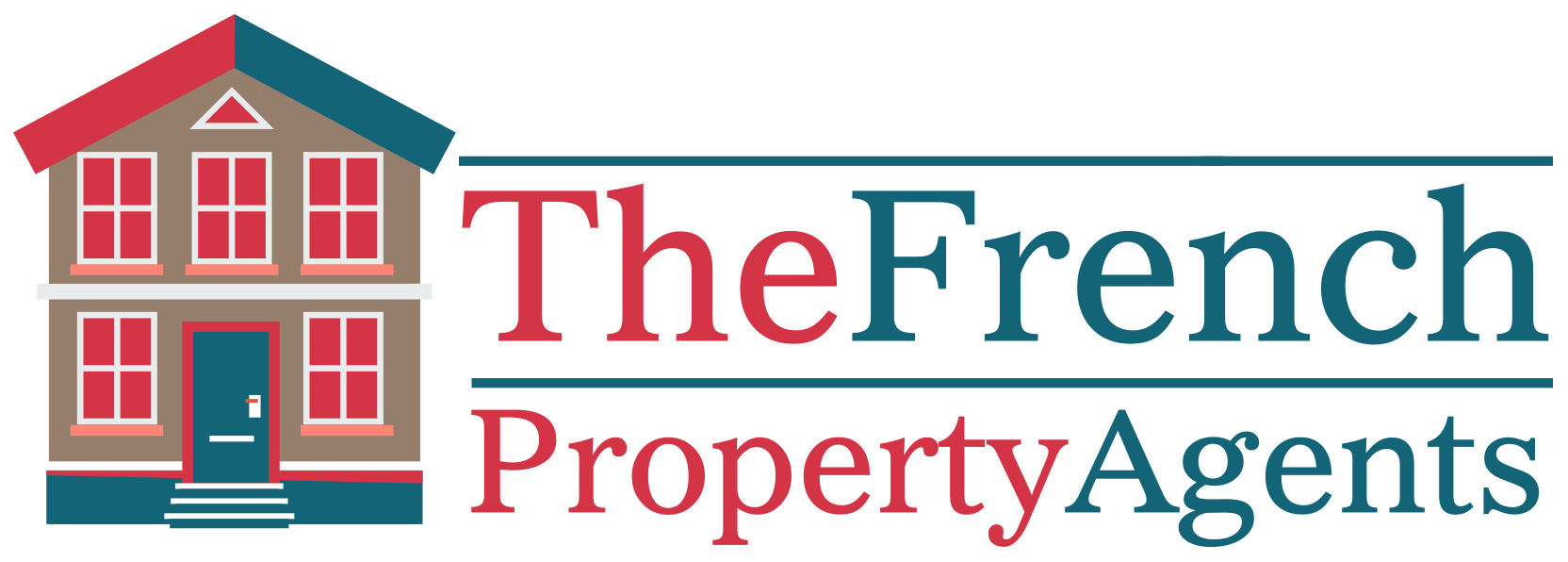 The Limousin region, which now forms part of Nouvelle Aquitaine, is composed of just three departments and sits at the heart of rural France, in the transition between the Centre and the South-West.
The Limousin region, which now forms part of Nouvelle Aquitaine, is composed of just three departments and sits at the heart of rural France, in the transition between the Centre and the South-West.
These three departments are the Haute Vienne (87), Creuse (23) and Corrèze (19) whose department capitals are Limoges, Guéret and Tulle respectively.
The Limousin region is incredibly beautiful and rural, mostly hills, valleys and lakes. The highest point of the Limousin region is Mont Bessou, at 977m, on the edge of the Massif Central which adjoins the hillier areas of neighbouring Auvergne.

The impressive Limoges Railway Station
The major conurbation in the Limousin region is Limoges, in the Haute Vienne (87) department, with some 140,000 inhabitants (similar size to Oxford in the UK) and around 300,000 including the surrounding urban area, As a result, Limoges provides about 50% of the jobs in the entire region! Whereas once this region – La France Profonde – had a declining population due to demographic and agricultural shifts, the Limousin region’s population has been propped up by British, Irish and Dutch looking for the good life.
Limoges sits on the wide and beautiful River Vienne, and is on the main route from Paris to Toulouse (and a very cheap autoroute, the A20), and since its’ origins in Roman times has always been a significant centre of economic interests in the Limousin region. In the nineteeth century it developed a reputation for the manufacture of fine porcelaine, a reputation which continues to this day. The city centre has a large quartier historique with some classic narrow streets and half-timbered houses.
The second largest city in the Limousin region of France is Brive-la-Gaillarde has around 50,000 inhabitants, so is a third the size of Limoges and definitely feels more compact in the city centre. Brive has something of a bad reputation of just being a communications hub and a road/rail junction, but has a chic and cosmopolitan city centre, with some lovely architecture and independent shops, and is definitely worth a visit. Aside from Limoges and Brive, no town in the Limousin has more than 20,000 inhabitants, which gives you a sense of scale as to how sparsely populated (with humans, at least!) this part of France is. Places like Tulle and Guéret may be department capitals but they are little more than small market towns which have seen very little growth.

Cattle in the Limousin Region
To say that the Limousin region is rural is something of an understatement, which is a huge part of its’ people for French property buyers ‘wanting to get away from it all. The Limousin is amongst the least densely populated areas of France – but there are plenty of cows and sheep!
Travelling to the region
Limoges and Brive have good access by rail from Paris, with connecting services to other town in the region. There are also some West-East trains from Bordeaux over to Clermont-Ferrand. Train services in France are usually pretty reliable and good value.
If you’re a driver and prefer travelling by road, the north-south A20 motorway runs from Paris to Toulouse, and the A89 runs from Lyon to Bordeaux and skirts around Brive to the south of the region.
The area is well-served by low cost airlines, with Limoges airport having several services to UK airports as well as Belgium and internal French flights.
Other places of note to see in the Limousin region of France include:
- Rochechouart (87): Stunning turreted chateau, dating from 13th century, now partly a contemporary art gallery. The town is also the site of ancient meteorite site and there is a very cute museum in the small but pretty town centre.
- Oradour sur Glane (87): An extraordinary and harrowing history of the village massacred by the SS in June 1944. The village has been left untouched as a shrine to the horrors of war which reached this sleepy part of France in WW2. A powerful visit for grown-ups but probably not one for younger children.
- St Junien (87): On the banks of the River Vienne, St Junien has a decent town centre and an impressive granite basilica church in Romanesque style, and is also handily close to Limoges Airport.
- Aubusson (23): Capital of the tapestry industry on the River Creuse, and has a lovely old town with winding narrow streets, lovely architecture and pavement cafés.
- Argentat (23): A pretty town on the River Dordogne (from January 2017 named ‘Argentat-sur-Dordogne’) which has plenty of cafés and bars. Lots of campsites and water activities along the river.
- Beaulieu sur Dordogne (19): A bustling and pretty market town on the River Dordogne, with lots of shops and restaurants and canoeing/kayaking. Also another Romanesque church.
- Collonges la Rouge, Curemonte and Turnenne: Three incredibly pretty villages very close to one another. Turenne looks like a fairlytale hilltop village which can be seen from miles away, and Collonges la Rouge is named after the distinctive red sandstone used in its’ buildings.
- Parc Naturel Régional de Millevaches:(19, 23) This is essentially the highlands of the Limousin region – with plenty of outdoor activities for all the family and some stunning scenery.
